The big houseplants debate - fresh vs faux, which should we have in our homes?
Do you prefer the real deal or a faux show? Or maybe a bit of both? I discover if the two can live harmoniously in my home or whether I just need to pick a side and stick to it...

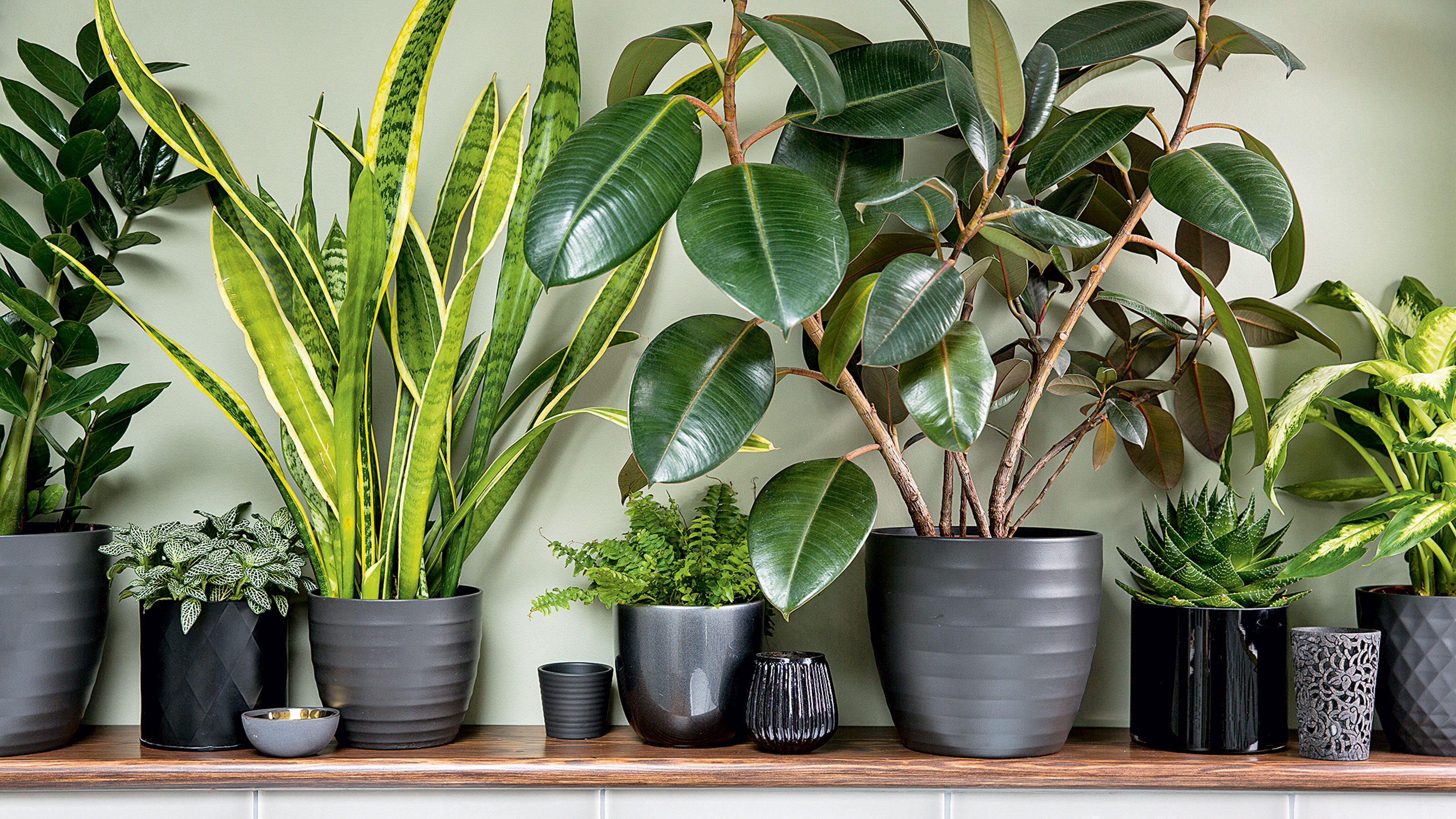
There's no denying my love for a houseplant or two as the final finishing touch for a room scheme. Having written countless style and decorating features for both the magazine and here online too, it's definitely my number one tip to bring a room alive and give it that final flourish.
But where as I used to be big into fresh, living plants, sourced from garden centres and markets, I recently took a minute to look around my house (not too closely mind, because you know, dust) to find that 75% of the houseplants I own, are in fact fakes.
But is that a problem? And am I benefiting as much as I was when my leafy lovelies were real? I was keen to dig a little deeper and find out...

Holly is Content Editor for Ideal Home and has been part of the team for nearly 8 years, writing about style, design and decorating both for the magazine and website. Having worked in the world of Interiors for over 12 years, and having studied Interior Design at University she is well versed in how to make your home look it's best, while juggling time, money and small children that touch EVERYTHING.
She lives in a two-bed Victorian semi in Surrey with her family and a very fluffy cat that has no awareness of personal space.
Faking it
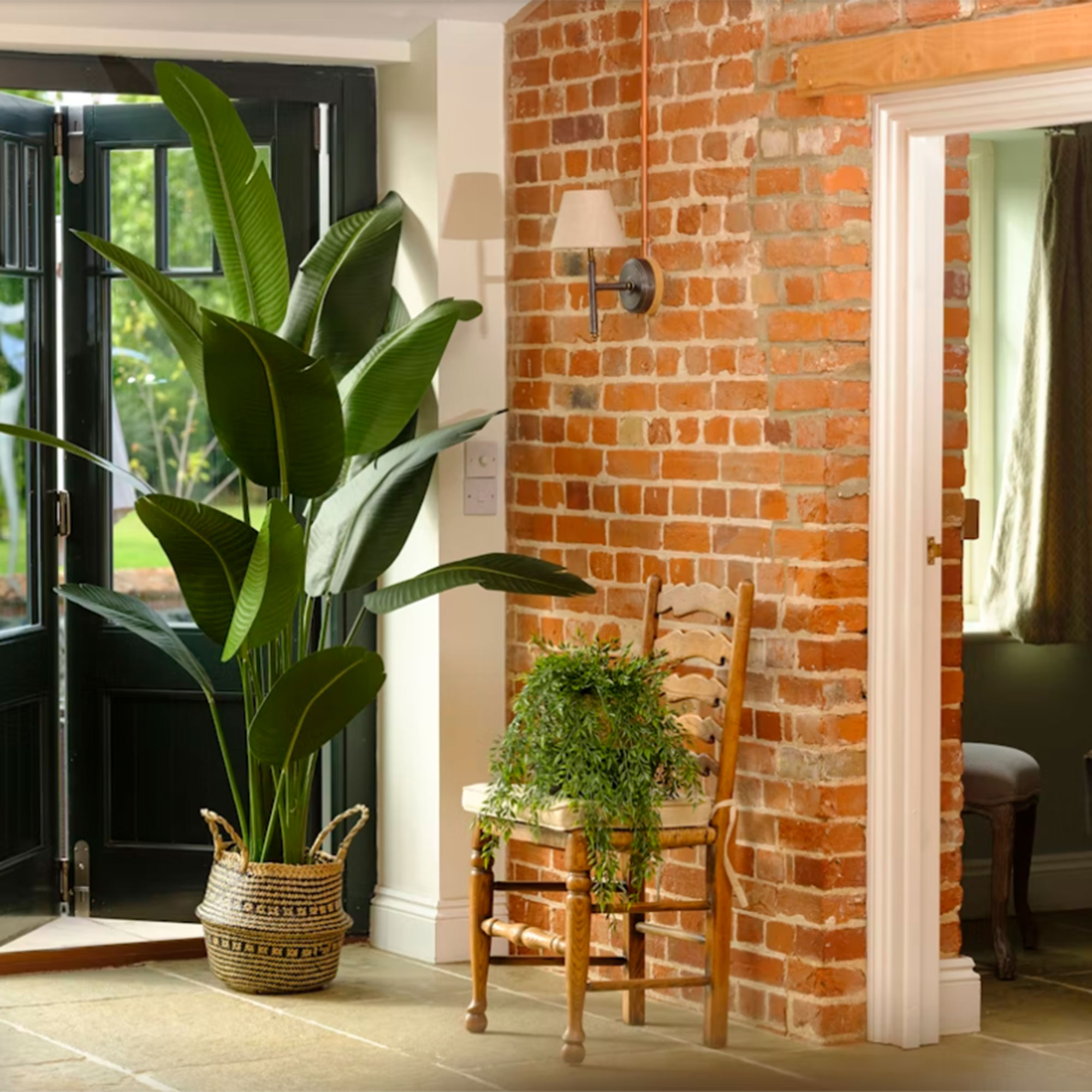
So I'll admit it, artificial plants used to make me think of dust and disappointment, and to be honest, my Grandmas house. Back then, fake plants used to look exactly that- fake, plasticky and just sort of sad. Their colours were luminous, their leaves all exactly the same shape and size, and the really bad examples just looked tacky.
But these days, you can buy faux plants and flowers that look so realistic, I've honestly had times when I've gone to water a fake, thinking it must be real it looks so life like! And there is no denying that 'caring' for an artificial plant is a helluva lot easier than that of it's fresh counterpart. Does it need more water? Less water? More sun, is it too cold, should I prune it, or re-pot it or propagate it?! These are stresses I just feel I didn't need in my life anymore.
Alick Burnett, Buyer at Blooming Artificial knows the care that real plants can demand. 'Indoor faux houseplants are easy to care for; only asking for a quick dust from time to time. They don’t need watering, misting or plant feed, and will last as long as you want them. You can also pop them into storage when you switch up your décor (like at Christmas), and when it comes to a permanent change can be re-gifted or donated to charity for a second life.'
Connor Prestwood, interior design specialist at home decor brand Dowsing & Reynolds agrees. 'Choosing faux plants over real ones gives you a whole host of benefits. Not only are they low maintenance (just a gentle wipe down with a damp cloth from time to time will do the trick), they are hypoallergenic and non-toxic to children and pets, so you and your whole family can enjoy them for years to come.'
Sign up to our newsletter for style inspiration, real homes, project and garden advice and shopping know-how
And he has a good point. Fake plants are sooo much easier to live with if you have small children, mischievous pets, or live with anyone that suffers from allergies. But are they providing any other benefits than just looking good?
A breath of fresh air
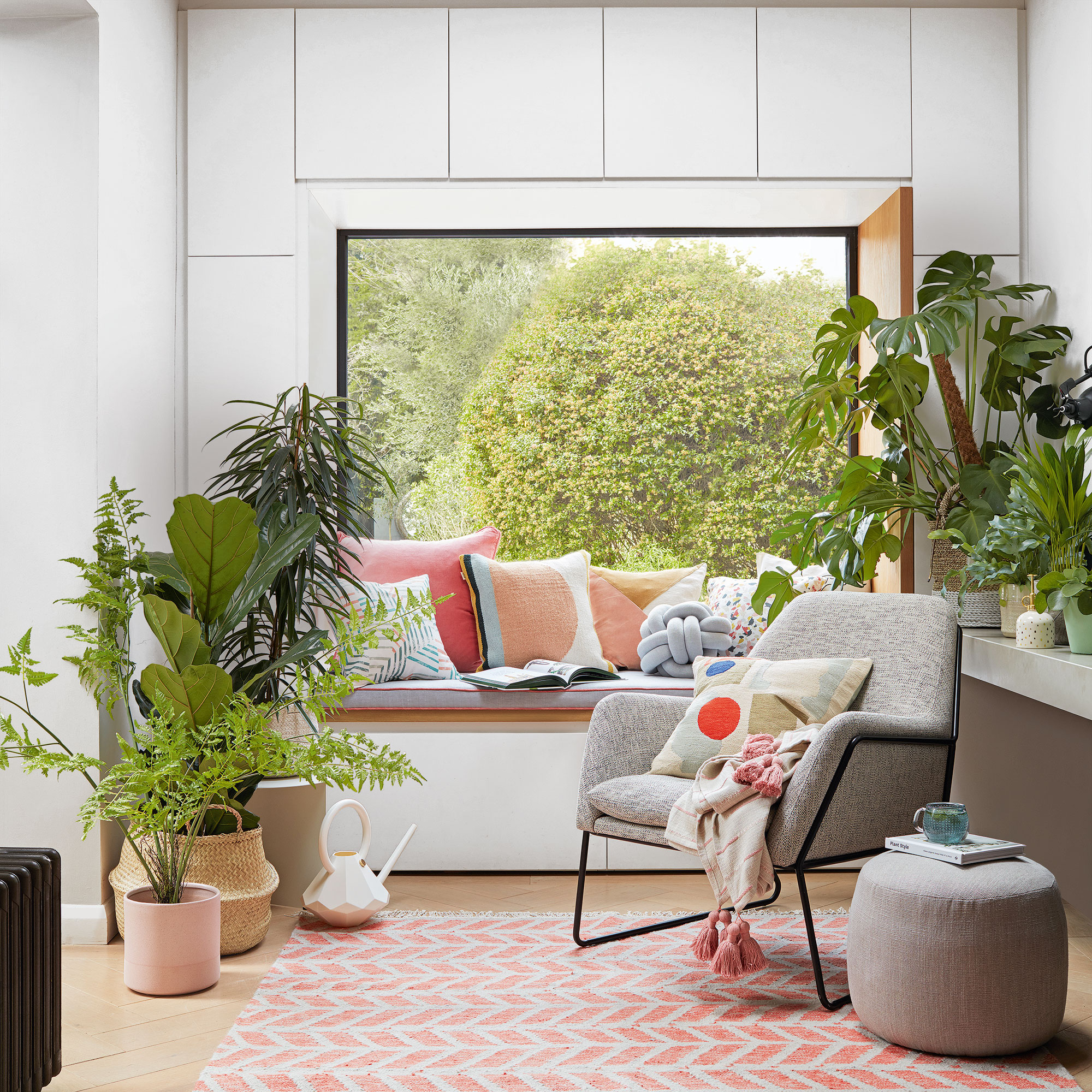
When I was child (and cat)-free, single and living in my first home away from my parents, I took a certain amount of pride in nurturing a houseplant or two and even enjoyed the sense of responsibility that caring for them brought. And the satisfaction of a new leaf or shot growing several weeks after I had brought it home, was like a precursor to how I feel now when my little boy learns a new word or song.
If your thumb isn't exactly on the green end of the spectrum but you still want to have a go, then make sure to plump for the easy to care for variations. Starting with a fussy plant may put you off them entirely.
Freddie Blackett, Founder & CEO of Patch Plants knows that very feeling. 'Plants aren’t just decorative, they’re not just objects that fill in the gaps. They need nurture, just like we do, and caring for them brings purpose into our day-to-day routine. Looking after plants can introduce moments of calm to our lives and if you’re looking to add purpose and passion to your life, a live plant is a great first step.'
So we can agree that caring for real plants gives you a sense of purpose and joy, but what about the health benefits that fresh plants can bring? Ellen Mary, gardening author and broadcaster, sheds some more light. 'The benefits of enjoying houseplants in the home are not just that they are aesthetically pleasing and soften the look of a room but also there is a whole host of benefits to being surrounded by plants.'
'Fresh, well cared for plants can help to remove common toxins from the air and actually clean the air you breathe in at home. NASA were the first to discover the benefits of houseplants in this way with their clean air study, showing how many of our most well known and loved houseplants are beneficial to our wellbeing.'
'Hedera helix (English ivy), Chlorophytum comosum (spider plant) and Spathiphyllum (peace lily) are just some that can purify the air and are readily available at low costs. Plants also release water vapour into the air around you meaning the humidity is increased which can help with dryness from modern heating and cooling systems.'
Good for mind, body and soul
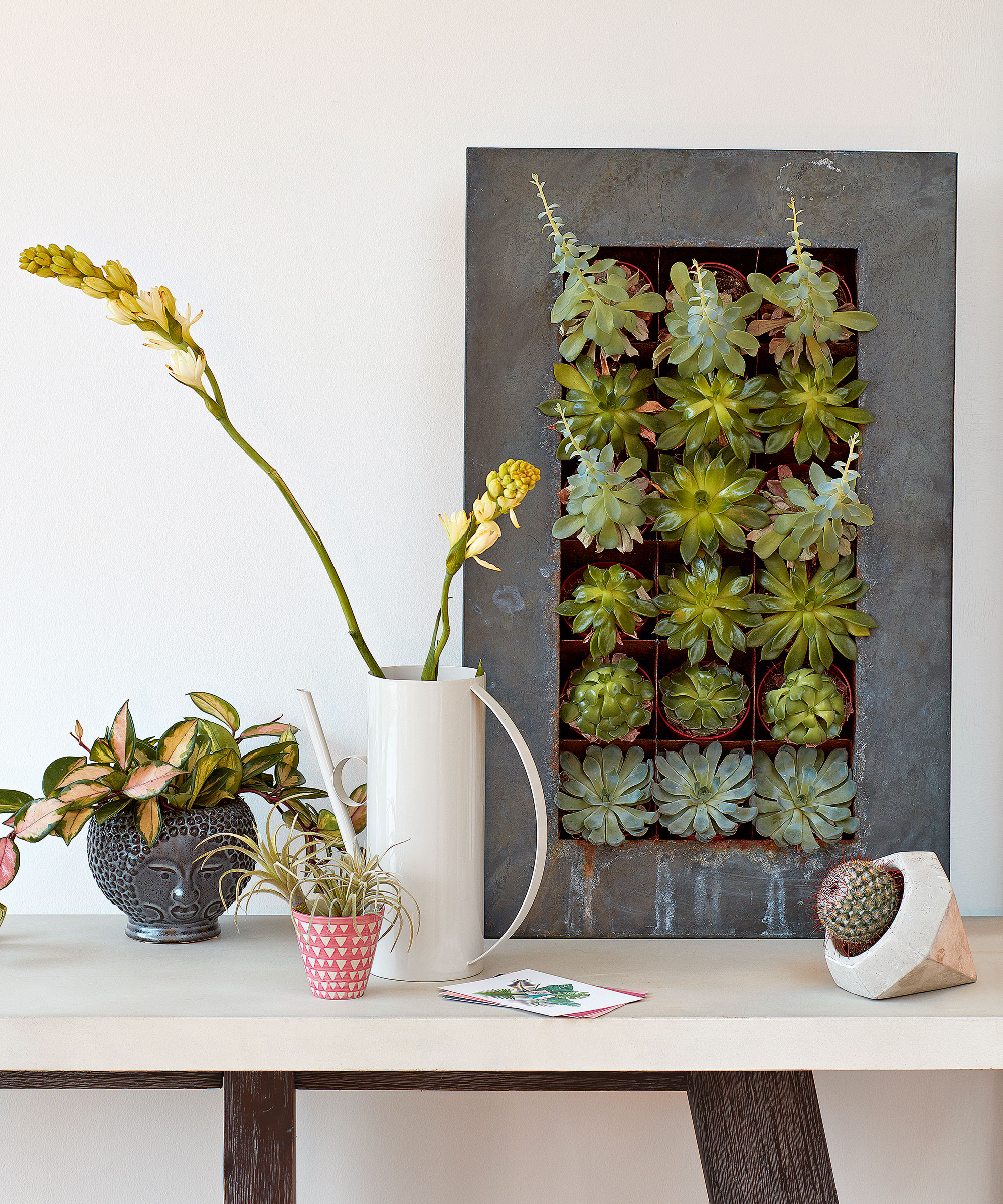
We all know how much nature can help to improve our mental and physical wellbeing, so it's a no brainer that bringing a sense of the outside into our homes was always going to be beneficial. But isn't just the idea of a living plant, represented by a fake one, enough to trigger the senses in our brain in to thinking it's a slice of nature in a plant pot?
Madison Moulton, Gardening writer at AllAboutGardening.com explains, 'Faux plants have come a long way and do provide similar visual appeal to fresh plants. But there are several benefits that can only come from growing the real thing. Various studies have shown the ability of houseplants to improve memory retention, creativity, and overall productivity. They can also reduce stress and improve well-being, not only through their presence but also through the act of caring for them.'
'Fresh plants also improve indoor humidity and air quality. You will need lots of plants to fully reap these benefits, but that’s all the more reason to add to your living collection.
Ellen adds, 'Bringing the outside inside is a beautiful way to still get some nature vibes once you've retreated indoors. Being surrounded by nature is a great mood booster and you can replicate that feeling with houseplants. There have been studies reporting on how houseplants can boost your mood, decrease stress and increase creativity and productivity. The same applies for office spaces where focus, efficiency and motivation can be increased by being surrounded by plants.'
Ok, so noted, I must include more plants in my WFH set up to increase my productivity, but are there any other rooms I need to boost the biophilia levels?
Freddie advises, 'Some plants like snake plants or peace lilies repay the nurturing care we give them, with their air-purifying superpowers. They oxygenate the air around them, helping us focus more and sleep better making them great additions to bedrooms.'
'It’s also scientifically proven that the colour green is restful to people because it makes us feel safe. The sight of healthy green life tells our brain that we are somewhere we can thrive.'
Faking it, still
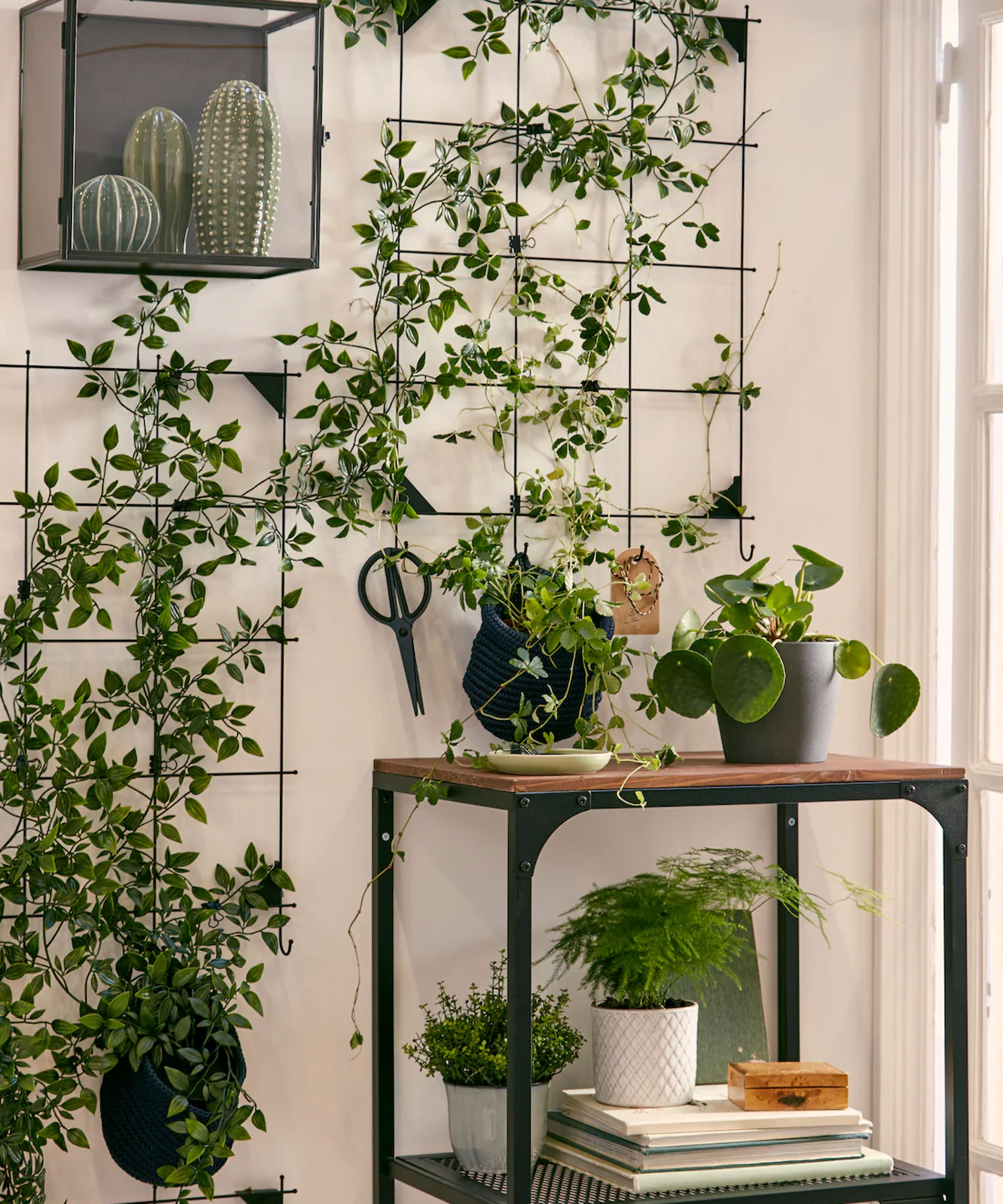
So the argument for opting for real houseplants seems to be a strong one, but I'm still a firm believer that a faux show can benefit both you and your home too. Since embarking on my artificial plant journey, I've come across the good, the bad and ugly, but have definitely learnt that paying a bit more, for a good quality fake plant, is the way to go.
Alick agrees, 'When it comes to buying artificial plants, choose wisely. There are some incredible replicas out there but also some less realistic options. Look at the amount or density of foliage, if the foliage is patterned and previous customer reviews to find the best ones.'
I bought my faux fiddle leaf fig plant, £69 from La Redoute about 4 years ago and still to this day does it look fresh, vibrant and full of life. It has been knocked and kicked over countless times by my son but it's as simple as picking it back up and it stands tall once again. Had it been real, I don't think it would have survived to tell its tale and the money I would have to fork out each time to replace it, would put me well into the red.
When we did our bathroom up, I lovingly positioned real plants on every shelf and windowsill, and for the first few months, they seemed to live harmoniously in the not-that-well-ventilated space.
But once the leaves started to droop and yellow and I found I was cutting away dead leaves by the day, it was time to make the swap to fakes. Now the ones I have in the bathroom look good everyday, can handle a splash-loving toddler and take no maintenance at all. And that makes me feel good and not that I've failed to keep something in my home alive!
Connor can relate to that. 'As humans, we have an innate need to stay connected to nature and faux plants can satisfy this need too. Just the simple fact of being around greenery, whether real or faux, is enough to help us feel calmer and more relaxed.'
'Plus one of the best thing about faux plants is that they don’t mind dark corners, sunny window sills or colder temperatures. They’re brilliant for styling with indoor plants in places where the real option just wouldn’t survive, making them a smarter choice for a lot of people who simply don’t have the interest, knowledge or patience to look after real plants.'
Having it all
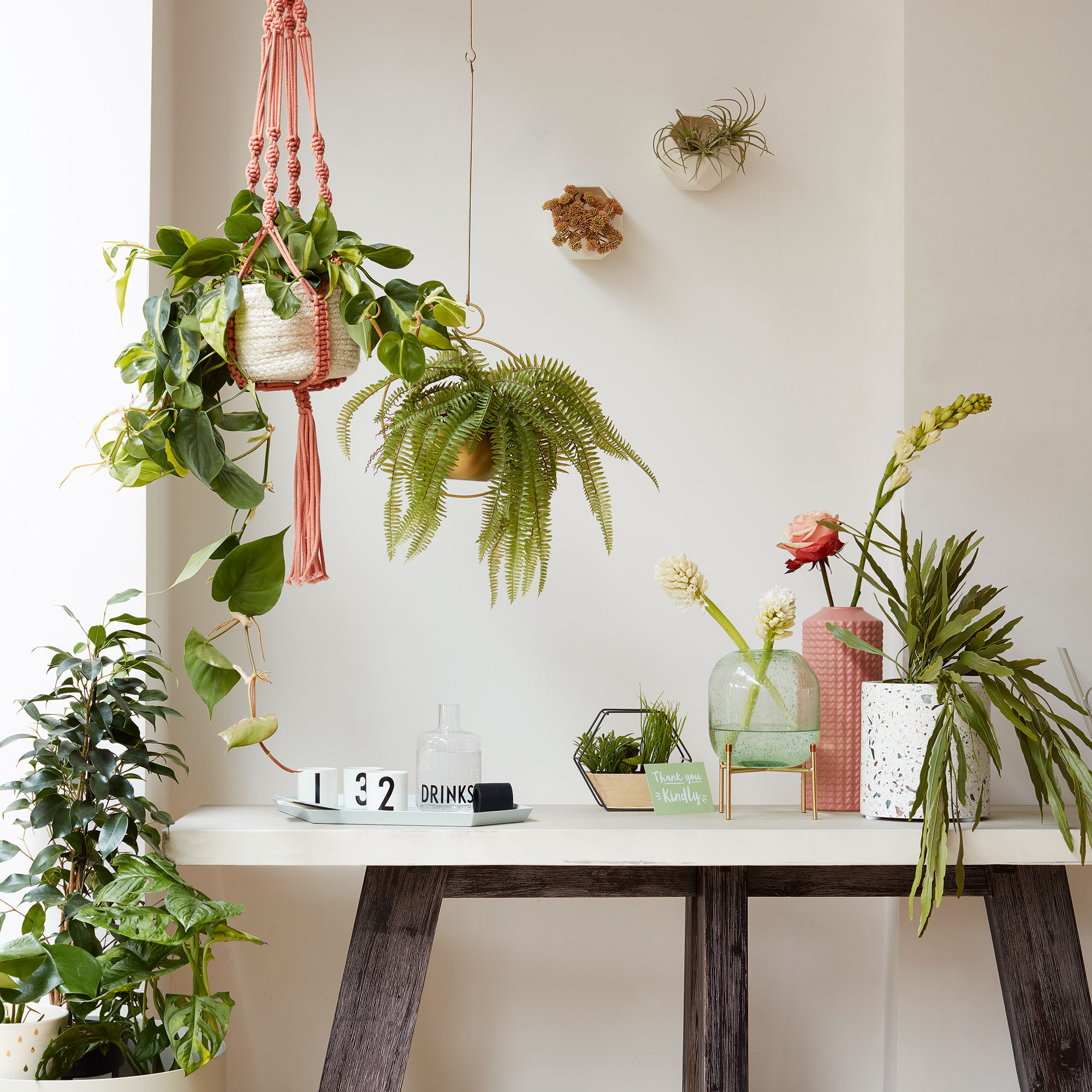
So am I any closer to getting an answer to which is better for us, fresh houseplants or faux? Well yes and no.
It seems that on the face of it, real houseplants with all their air-purifying qualities and ability to make us feel needed, are better for us physically and mentally. And if you have the time, patience and skills, will enable you to reap the benefits of nature.
But artificial ones cause much less stress, demand little to no time and provide an almost everlasting relationship, all the while looking great too.
Alick goes on to sum things up pretty well, 'We believe that picking between fresh and faux isn’t a binary, polarised choice. You don’t have to choose a side – rather consider your needs (do you have time, plant knowledge etc) and the plants use (is it going in a dark corner, an inaccessible spot, holiday let etc). It’s also OK to have a mix of real and faux!'
And that, is exactly where I sit on the matter too. I'd love to have more time, money and energy to put into caring for real houseplants, and the few I do have in my home continue to bring me joy. But right now, juggling all the things that life throws our way, I think I'm happy to house both fresh and faux in my home, enjoying all the benefits of the greenery, while avoiding the failure of keeping a real houseplant alive and well.

Holly Walsh is a freelance Interiors Writer and Shopping Editor, but worked in-house here at Ideal Home for nearly 10 years. With a background of studies in Interior Design, her career in interior journalism was a no-brainer and her passion for decorating homes is still as strong now 15 years after she started, as it ever was. While Holly has written for most of the home titles at Future, including Livingetc, Country Homes & Interiors, Homes and Gardens, Woman & Home and Style at Home, Ideal Home has always been her ideal home, and she can still be found sharing her expertise and advice across both the printed magazine and the website, while also raising her two young children.